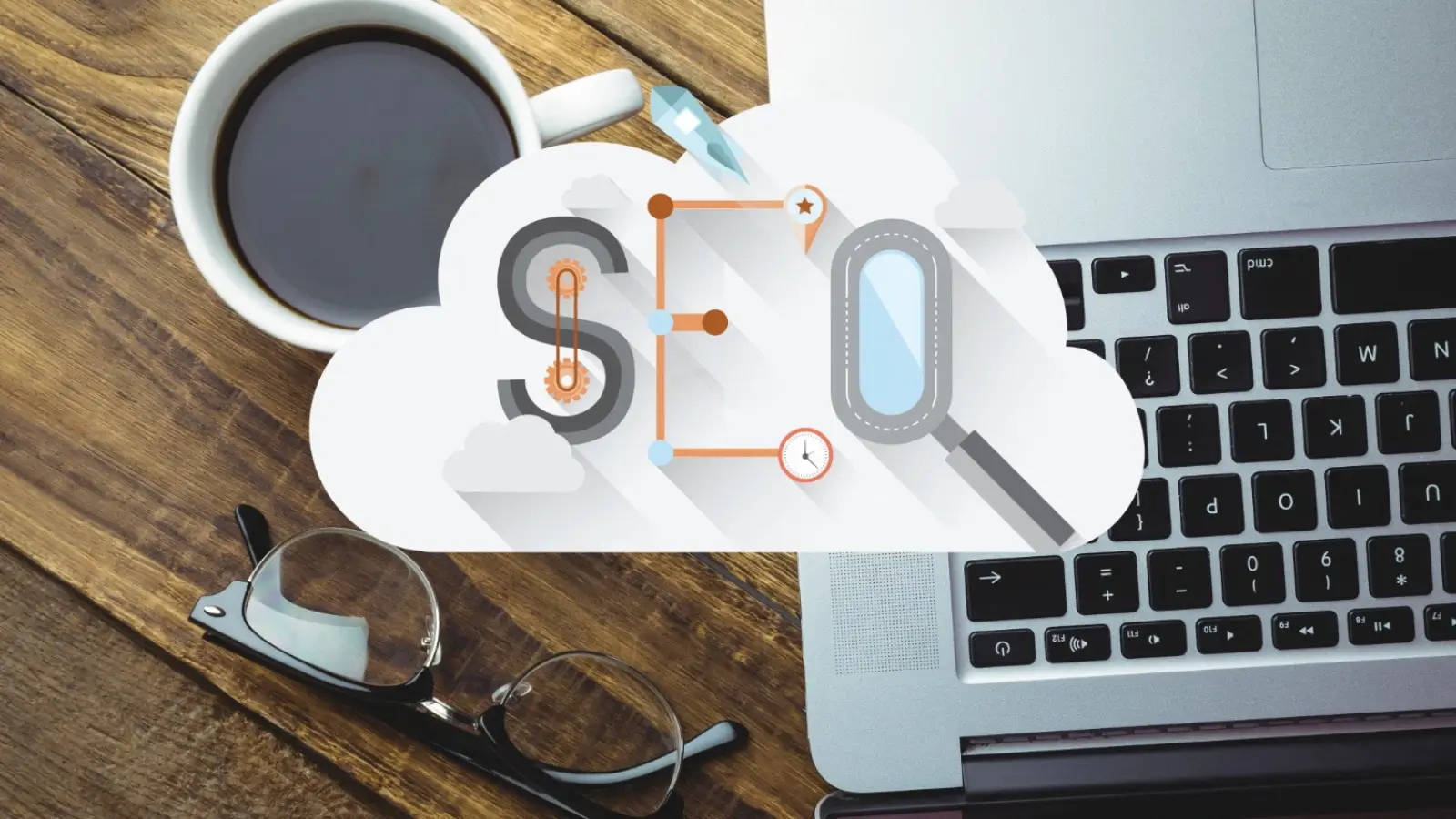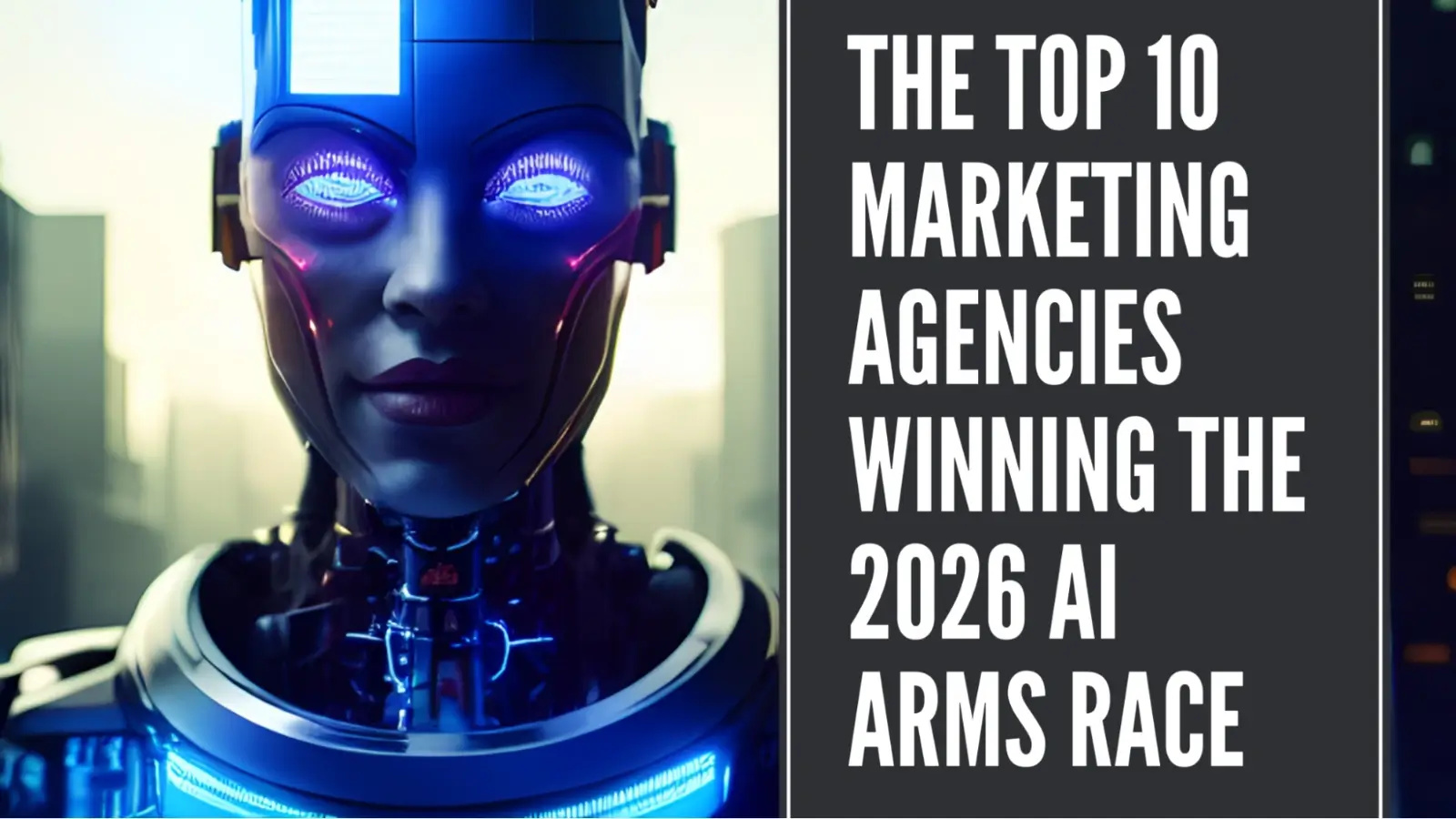Ever walked into a business expecting a person but got a screen instead? Tablets take orders, voice assistants handle calls, and digital systems now run much of what we see—and don’t see. They're not just replacing people; they're reshaping how businesses operate, make decisions, and serve customers. From tracking deliveries to managing schedules, these tools are now essential for companies big and small.
In this blog, we will share how digital systems are quietly transforming day-to-day operations, and why adapting to these changes matters more now than ever.
Why Businesses Are Going Digital
In recent years, the push for digital transformation has gone from optional to essential. The pandemic showed everyone—business owners and customers alike—that the old way of doing things wasn’t built for rapid change. Remote work, online orders, and real-time updates became the norm almost overnight.
Add inflation, labor shortages, and rising costs into the mix, and suddenly the ability to do more with less became the name of the game. That’s where digital systems come in. They don’t just cut costs—they bring order to chaos.
Think about how many things now depend on software: employee schedules, payment systems, inventory tracking, even the locks on your front door. It’s all about control. When businesses know what’s happening minute to minute, they can make better decisions, faster.
And in a world where expectations are higher than ever, speed and accuracy are everything. Customers want updates. Staff want clear tools. Managers want oversight. Digital systems make that happen.
Take, for example, commercial alarm monitoring. Not long ago, this kind of protection was seen as an afterthought—or just another box to check. But now, with more equipment, data, and space to protect, it’s become a critical part of daily business. A connected system that alerts professionals in real time when something's wrong isn’t just convenient—it can prevent major loss. It's one more way digital tools keep businesses one step ahead.
Behind the Scenes, Everything Changes
Most of the change doesn’t happen where customers can see it. It’s in the scheduling software that predicts staffing needs weeks in advance. It’s in the analytics tools that show which products are flying off shelves. It’s in the cloud systems that let employees work from anywhere with the same access they’d have at a desk.
These systems do the heavy lifting quietly. No fanfare. Just better performance.
Take something as simple as restocking. Before, it might’ve required someone manually checking inventory and making guesses. Now, smart systems track sales trends, forecast demand, and place orders automatically. That frees up people to focus on service, not spreadsheets.
Or consider customer service. Many companies now use chatbots or AI phone trees to sort questions. When done right, this speeds up response times and gets customers to the help they need. When done wrong… well, we’ve all screamed “representative!” into the phone. The trick is in the balance.
And then there’s training. Digital tools allow businesses to offer onboarding videos, skill tests, and feedback in one place. New hires don’t have to wait for someone to walk them through every step. They can learn as they go—with clear data showing where they need help.
What It Means for People
The fear, of course, is that systems will replace people. That every digital upgrade means one less job.
But that’s not the full picture. In many cases, digital systems don’t take jobs—they shift them. They remove the boring, repetitive parts and let workers focus on what people do best: solving problems, building relationships, and thinking creatively.
That cashier who used to key in every item? Now they’re a floor lead who helps customers use self-checkout and answers questions. That technician who once spent hours entering data by hand? Now they review automated reports and suggest improvements.
Digital systems also bring more accountability. With tracking tools, there’s less room for mistakes or missed steps. But they also offer more clarity. Employees can see what’s expected, what’s working, and where they fit in.
The challenge is training. Businesses can’t just install new tools and expect everything to work. People need time to adjust, to learn, and to trust that these changes will help, not hurt.
What to Watch Going Forward
As more systems connect through the internet, there’s more potential—and more risk. Smart tools that talk to each other can save time, money, and effort. But they also create new vulnerabilities. Data breaches, system crashes, and outages can cause major disruptions.
That’s why security matters more than ever. Not just digital security, but physical too. When your tools run the business, protecting them is part of protecting your future.
Expect to see more businesses moving toward unified platforms—where everything from payroll to equipment sensors runs through one dashboard. It’s easier to manage, but also means that every link in the chain has to be strong.
We’ll also see more customization. Businesses want systems that fit their exact needs, not generic tools. That means more demand for flexible tech, better support, and clear results.
And perhaps most of all, we’ll see more focus on how systems feel. If a tool doesn’t work smoothly, people won’t use it—no matter how powerful it is. The best digital systems are invisible. They fit into the work, not the other way around.
All in all, digital systems are no longer just “tech stuff.” They’re part of how businesses open the doors each day, serve customers, and keep everything running. They’re the reason you can track a package, schedule a service, or get an answer at 10 p.m.
They’re not perfect. Some will fail. Some will frustrate. But the businesses that learn to use them well—those are the ones that will stay ahead.
Upgrading tools doesn’t mean giving up the human touch. In fact, it frees people to focus more on what matters. So if it feels like everything is changing, that’s because it is. But change doesn’t have to be chaos. With the right systems in place, it can be a smoother, smarter way forward.
















